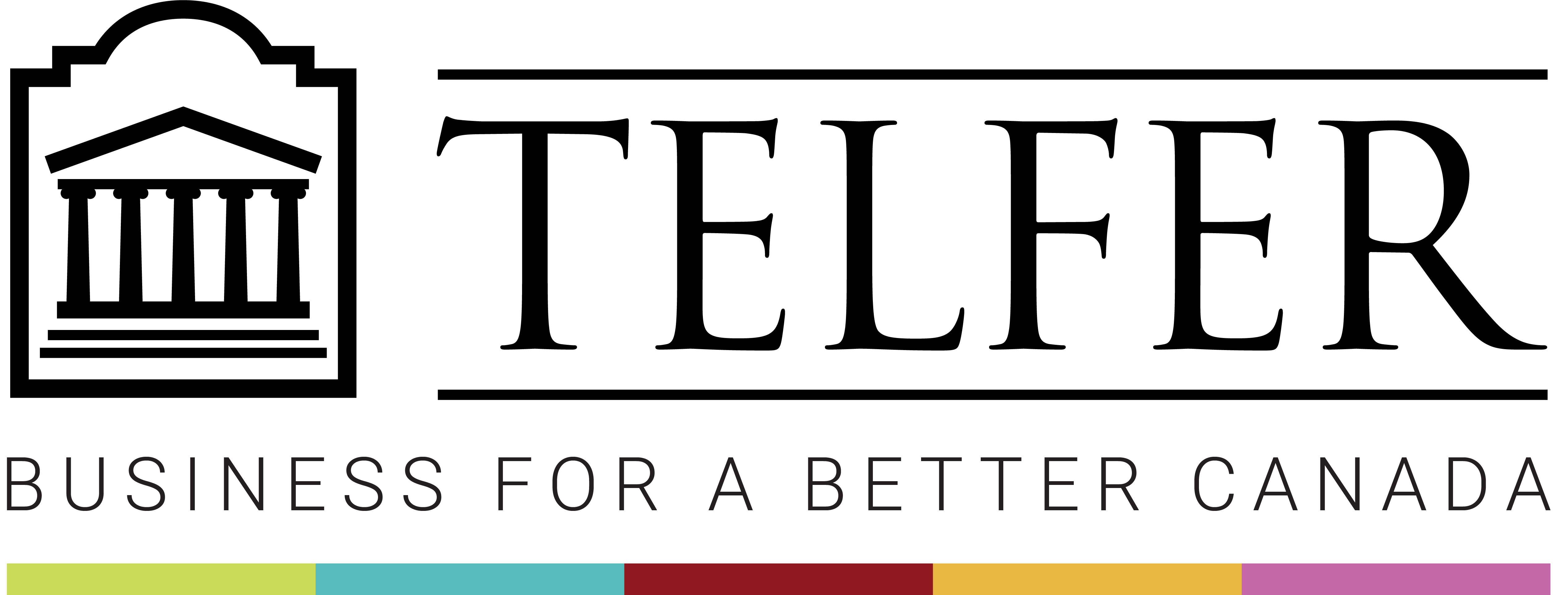In Canada we are in the midst of coronavirus pandemic and all efforts deployed so far aim at mobilizing general public to limit interactions and at mobilizing healthcare resources for anticipated increase in admissions of very sick and critically ill COVID-19 patients. All these preparations and disease management actions have forced a number of transformative changes that we should be sustaining once life returns to new “normal”.
Although provinces and healthcare institutions (hospitals, long term care facilities, etc.) have had emergency and pandemic preparedness plans much of which has been built from the previous SARs outbreak in 2003 – none of which has been tested to the extent forced by current coronavirus pandemic. The unprecedented inflow of COVID-19 patients that require hospitalization and the impact of mitigation strategies to contain spread of the virus has significantly stressed organizational functions and social cohesion. For many Canadians this may be the worst experience of a lifetime, but ironically it might be the best experience in terms of leadership, resilience, collaborations and work commitment.
Applying a management lens, we posit a number of positive transformational changes that might emerge from the efforts of containing coronavirus pandemic.
Virtual care
Canadian Medical Association in its 2019 discussion paper on virtual care in Canada identified three main barriers to this type of care delivery: compensation mechanism, licensure restrictions, and lack of interoperability between different systems. While coronavirus outbreak did not alleviate last two, it removed a compensation mechanism barrier. With most of the clinics closed and physicians advising patients by phone or using video conferencing platforms, OHIP introduced “Billing Amendments to Enable Direct-to-Patient Video Visits and Modernize Virtual Care Compensation” to establish payment structure for virtual patient visits. As many patients and physicians have learned, it is not necessary for a patient to travel hundred miles for physician’s consult, when in many instances such a consult can be conducted with patient staying at home. While this new “normal” will most likely impact post-pandemic care delivery, let’s hope that two remaining barriers will be addressed in a near future.
Teamwork
Institute of Medicine in its discussion paper published in 2012 advocated care delivery by interprofessional and interdisciplinary teams as a pillar for modern and effective care. In response interdisciplinary care teams were created for different disease sites, but true uptake of teamwork in the healthcare was uneven. Coronavirus pandemic changed all of that. Effective containment and triage strategies required coordinated teamwork of family physicians, community nurses, population health specialists, and a number of clinical specialties. While such teamwork proved to be successful in these extraordinary times, it is important that it is carried over after the pandemic subsides. Thus, work around implementing Ontario Health Teams and creation of regional integration platforms for services should build on the best practices that we have learned from the coronavirus response.
Data is a key
One of the main factors hampering our efforts to effectively respond to the challenges of coronavirus pandemic is sparsity of data and data gaps. We know how many people are tested positive but we do not know how many people are infected; we know how many people have died but we do not have complete picture regarding how many people have recovered. Different provinces have different testing and reporting practices making any comparisons even more difficult. Current situation taught us that we need to be much more aggressive in collecting data so our actions are evidence-driven. Having such data, analytics and AI could be deployed to look for progression patterns, predictions for recovery, etc. An interesting example of innovative data use comes from Kinsa (https://www.kinsahealth.co/) – Health Weather Map (https://healthweather.us/) that shows peoples’ temperature that was collected through Kinsa Bluetooth thermometers – and could be used to identify new hotspots of the virus earlier than using data coming from regular testing. Experience of last couple weeks showed that we need to speed up work at a population level so we have better quality data for informed decision making. This also asks for leveraging patient data coming from the hospitals’ electronic health record and integrating it with the population health data. Foundations for such integration already exist and it is crucial that we move forward.
The notions of resilience, agility, creativity – cornerstones of successful organizations – were always part of the vision for health system transformation. As the current situation evolves we rely heavily on these attributes at a personal and organizational level when responding to the COVID-91 crisis. We need to ensure that they are embolden in the future of healthcare delivery. Our lives will be changed post COVID-19 outbreak and this change should build on the positive lessons we have learned and some of them we outlined here. We will come stronger as a society and as a health system for we are all in this together.

